Most people remember Star Wars: Episode I for the colossal irritant that was Jar Jar Binks, but it seems Matthew Pearson, creator of the world’s first race series for flying electric cars, never forgot the film’s podracing scenes.
The Phantom Menace’s single-seater, anti-gravity contraptions were the stuff of pure sci-fi in a galaxy far, far away, but Pearson’s Airspeeder series is well on the way to making something very similar a reality.
Move Electric spoke to the man himself – that’s Matt Pearson, not Jar Jar – to uncover the 8 things you need to know about the F1 of the sky.
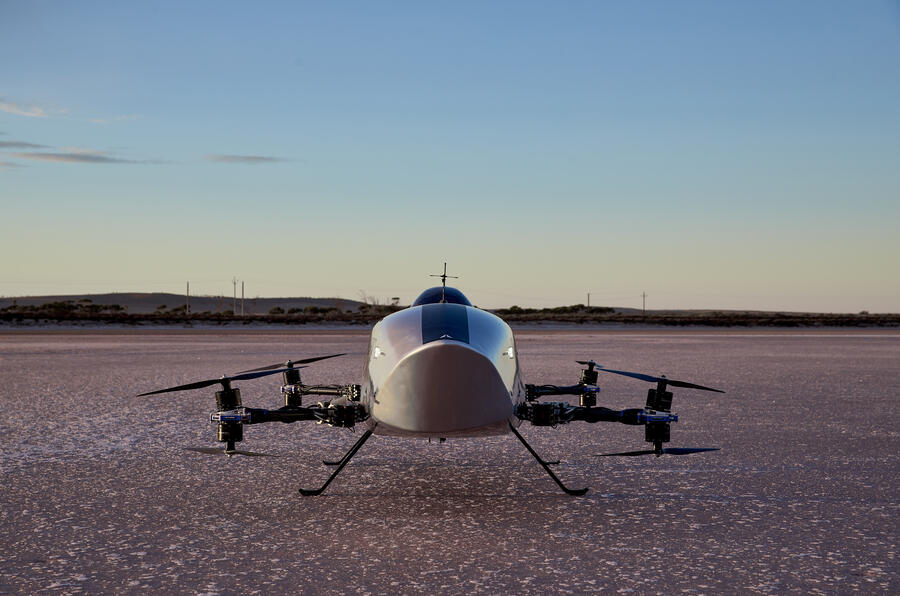
1. They’re not really cars
Come on, when was the last time you saw a car with propellers instead of wheels? These are eVTOLs, which stands for Electric Vertical Take Off and Landing, but if somebody asks you to describe one the easiest thing is to say they look like four-metre-long drones. In fact, the latest model – the Mk3 – can be flown remotely.
Despite the sci-fi vibes, they also bear more than a passing resemblance to early single-seater racing cars - yes, cars! - of the 1950s and ’60s – but there’s a good reason for that. “Those racers hadn't discovered downforce yet so they did fly sometimes,” says Pearson. “It's efficient, any fuselage is that kind of cigar shape, so it stands to reason that it’s going to stick around.”
With more testing due to take place later this year this isn’t the Airspeeder’s final form, and Pearson has already identified some areas for improvement. “We're really working hard on the CFD (computational fluid dynamics) analysis and the design of the fuselage to get a lot more efficiency out of the vehicle,” he says. “There are other differences that are coming over the next few iterations where we use more lifting surfaces.”

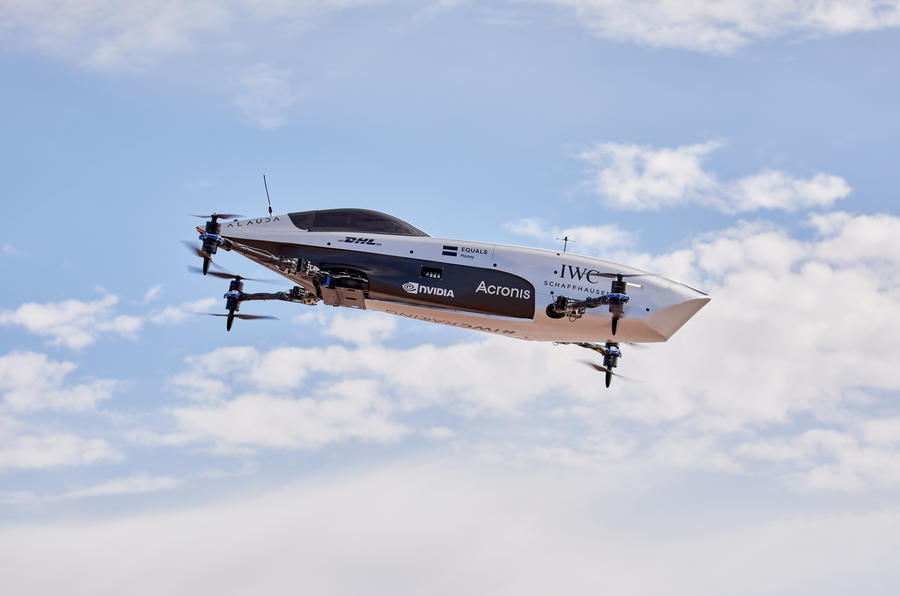













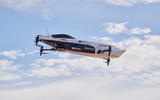














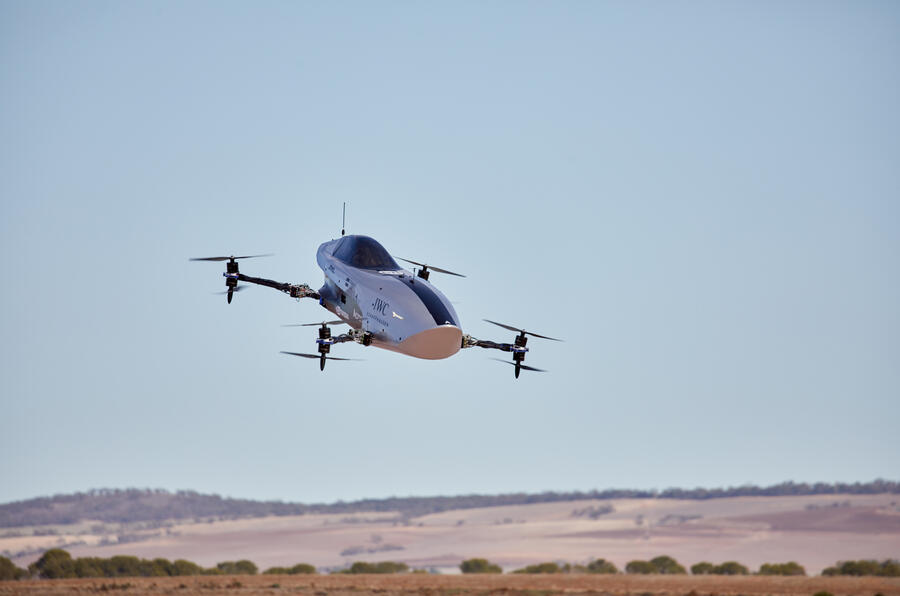
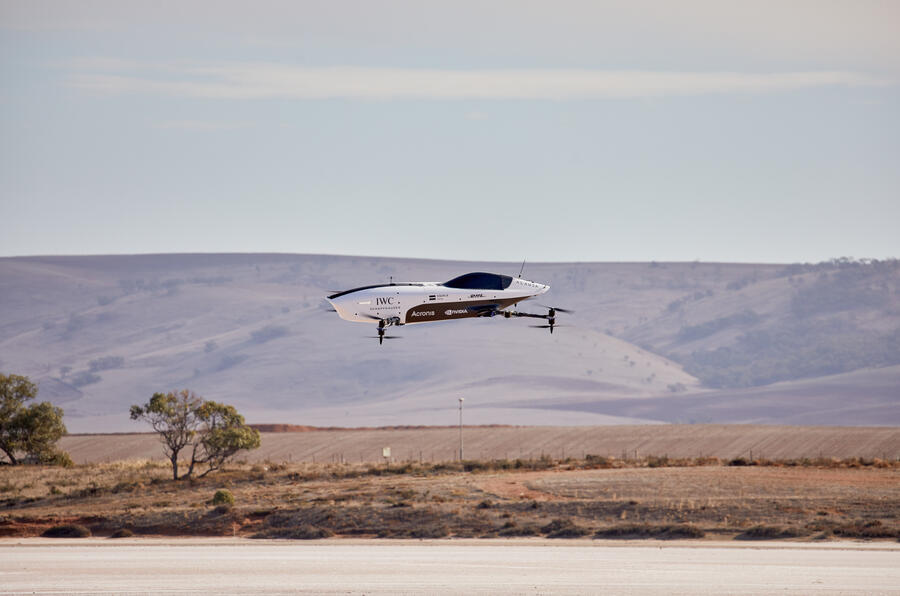
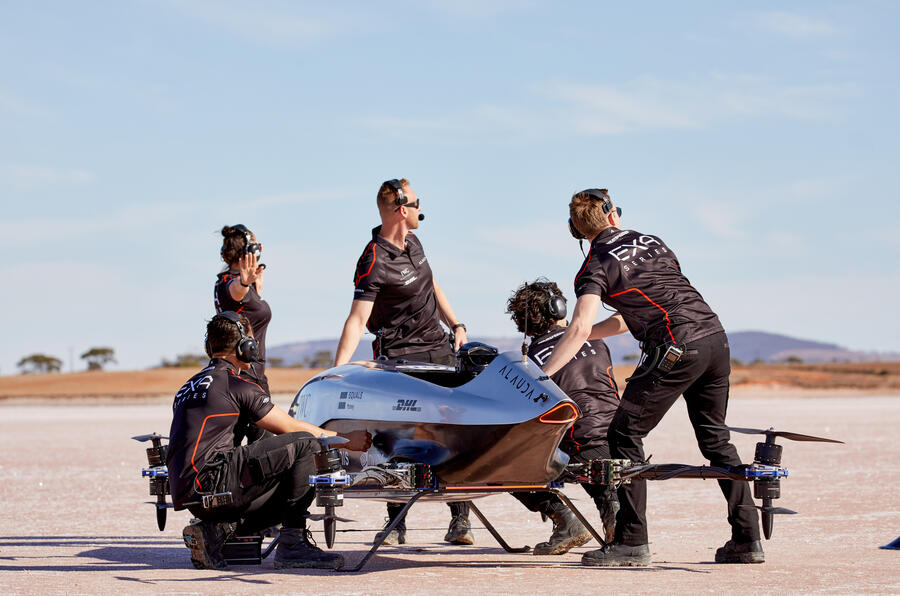
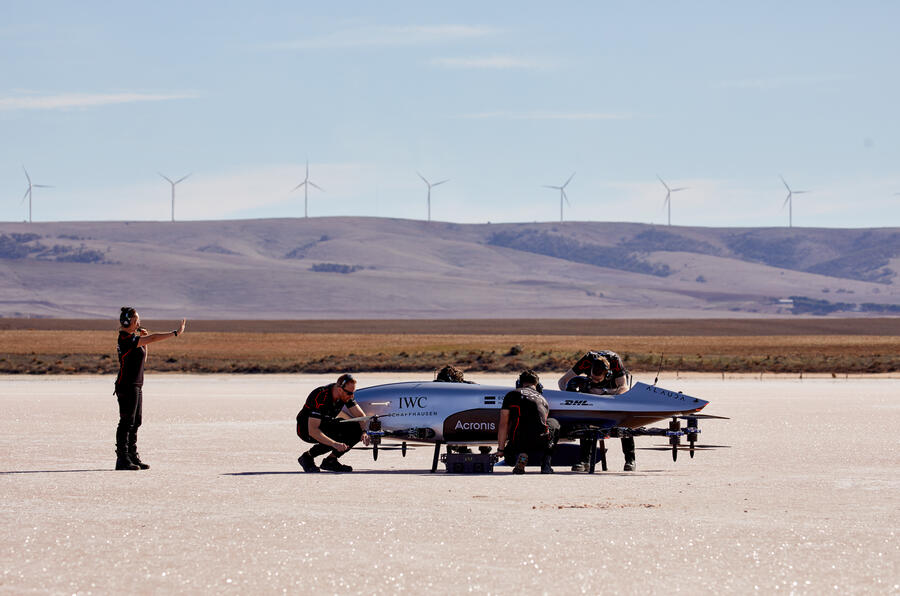
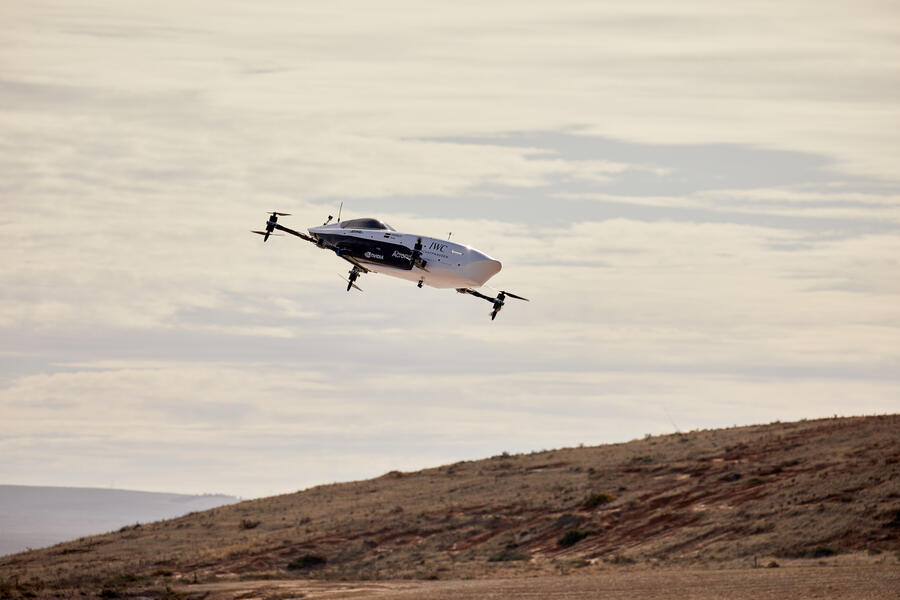
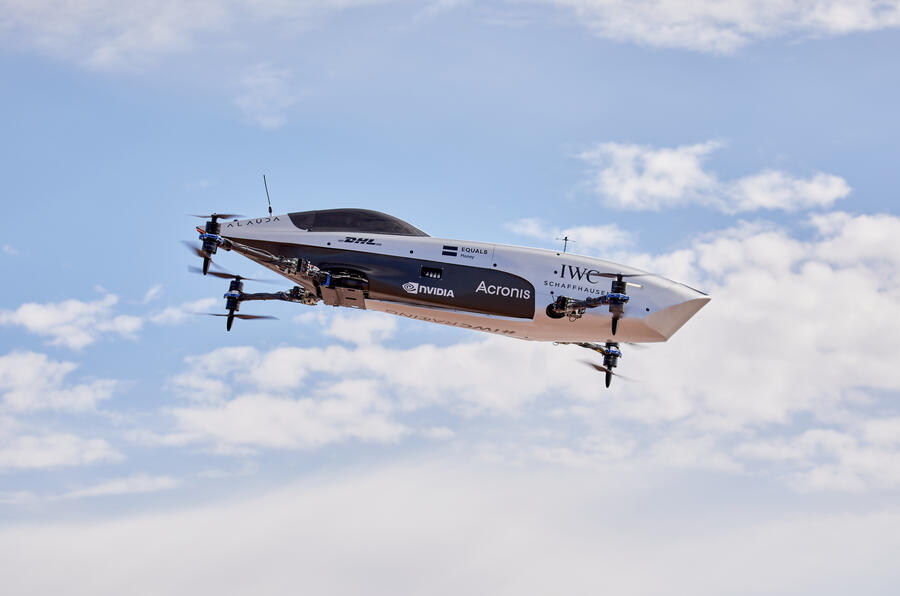


Join the debate
Add your comment
Another plaything for the very rich! Fine by me...
One thing: cars become entangled at many corners in most forms of racing: could it happen also with these devices? Except at heights of 30/40 metres?
Expensive way to end up in hospital or worse... Good luck with the project!
8 things you need to know..about four of them I already knew or go without saying lol great